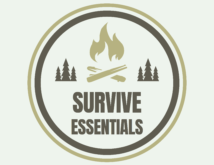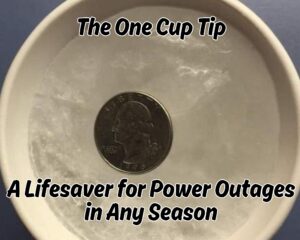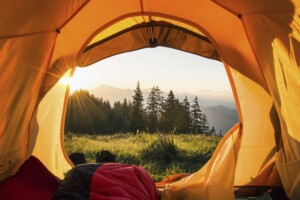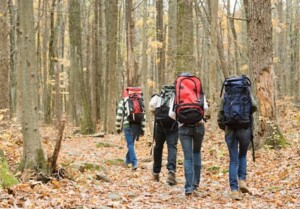In the vast expanse of nature, a plethora of edible plants and organisms can be a lifeline in survival situations. While many of us are accustomed to supermarket aisles, knowing what to forage in the wild can be the difference between life and death. This article provides a comprehensive guide to the edible treasures you can find in the wilderness.
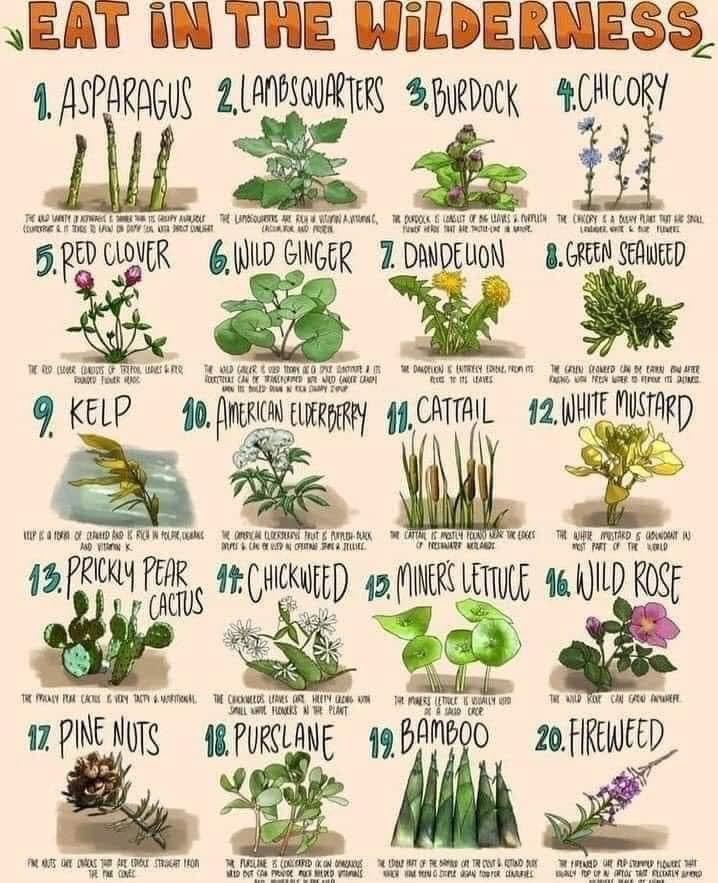
1. Berries: Nature’s Sweet Delight
While not all berries are safe to eat, several are packed with nutrients:
- Blackberries and Raspberries: Easily identifiable with their unique appearance, they offer a good source of vitamins, minerals, and antioxidants.
- Blueberries: These small, round, and blue-to-purple berries are not only delicious but also rich in vitamins C and K.
- Strawberries: Found in meadows, these red berries are a treat and packed with vitamin C.
2. Nuts and Seeds: Energy Boosters
- Acorns: Found beneath oak trees, acorns can be boiled to remove their bitter tannins, making them edible and a good source of fats and calories.
- Pine Seeds: The seeds inside pine cones are edible and rich in fats.
3. Wild Greens: Nutrient-Packed Plants
- Dandelion: Every part of the dandelion is edible, from its yellow flowers to its long taproot. They’re rich in vitamins A, C, and K.
- Plantain: Not the banana-like fruit, but the broadleaf plant commonly found in yards. The leaves are a rich source of iron and vitamins A and C.
- Clover: Both red and white clover leaves can be eaten raw or boiled.
- Lamb’s Quarters: Often considered a weed, this plant is similar to spinach and can be eaten in the same way.
4. Roots and Tubers: Underground Treasures
- Wild Onion and Garlic: Identifiable by their smell, these plants are found in many parts of the world and can add flavor to any wild dish.
- Cattail: The roots of this plant found in marshy areas are starchy and can be boiled or roasted.
- Jerusalem Artichoke: This tuber, not related to artichokes, can be found in North America and is rich in iron, potassium, and thiamine.
5. Fruits: Nature’s Candy
- Wild Apples and Pears: While they might be smaller and tarter than cultivated varieties, they’re still edible and nutritious.
- Mulberries: These berries, found on trees, are sweet and can be eaten raw.
- Persimmons: Found in North America, ripe persimmons are sweet and a good source of vitamin C.
6. Mushrooms: Fungi Delicacies
Caution is crucial here, as many edible mushrooms have toxic look-alikes. Some safe options include:
- Morels: These distinctive mushrooms are delicious but ensure they are true morels and not the toxic false morels.
- Chanterelles: With their unique golden color and trumpet shape, they’re a wild delicacy.
- Puffballs: Ensure they’re young with a pure white inside.
7. Flowers: Edible Blossoms
- Violets: These purple flowers are not only beautiful but also edible and rich in vitamins A and C.
- Daylilies: Common in many gardens, daylilies are edible and can be added to salads or stir-fries.
8. Aquatic Plants and Animals
- Fish: In survival situations, fishing can provide a valuable protein source. Ensure you’re familiar with local species and their edibility.
- Frogs: Legs of non-toxic frog species can be a good protein source.
- Seaweed: Found on coastlines, many seaweeds are edible and packed with minerals.
9. Insects: Protein-Rich Mini Beasts
- Crickets and Grasshoppers: These insects are rich in protein. Remove their legs and wings before consuming.
- Ants: They can be a bit acidic but are edible.
- Larvae: Found in rotten logs, they’re a protein-rich food source.
10. Birds and Eggs
If you can catch birds, they’re a valuable protein source. Their eggs, if found, are also highly nutritious.
The wild offers a banquet of foods for the knowledgeable forager. However, the key to safely eating in the wild is knowledge. Many edible plants have toxic look-alikes, so it’s crucial to be 100% sure of a plant’s identity before consuming it. In survival situations, this knowledge can be invaluable, turning the wilderness into a vast pantry. Always consult a local expert or field guide when in doubt, and when trying a wild food for the first time, sample a small amount to ensure there’s no allergic reaction. With caution and respect for nature, the wild can sustain and nourish in times of need.
As an Amazon Associate we earn from qualifying purchases through some links in our articles.
